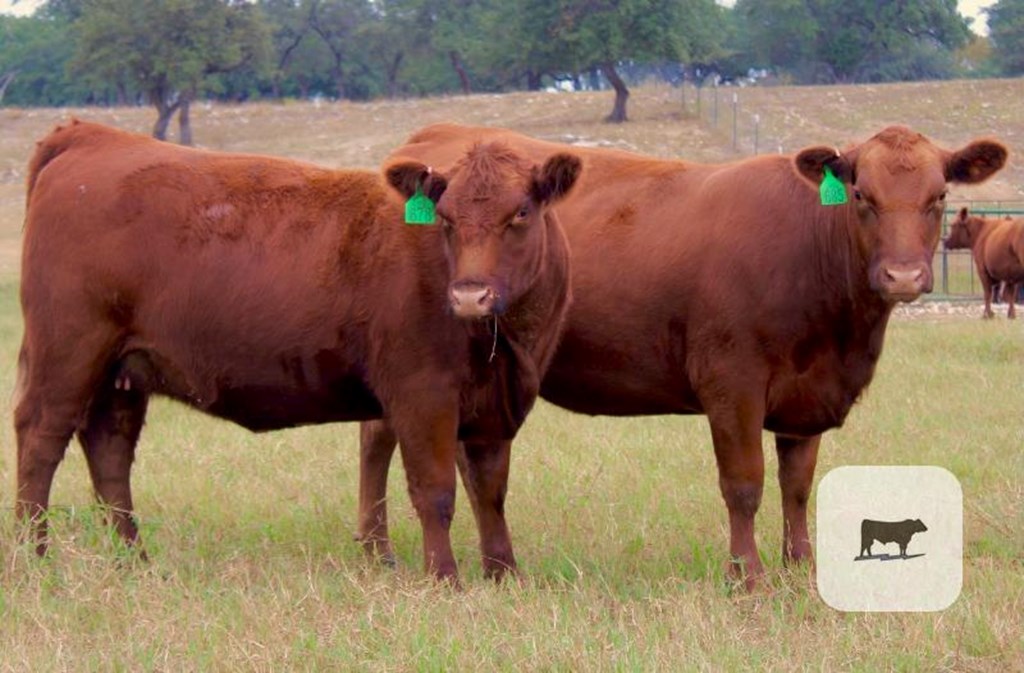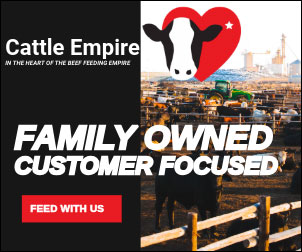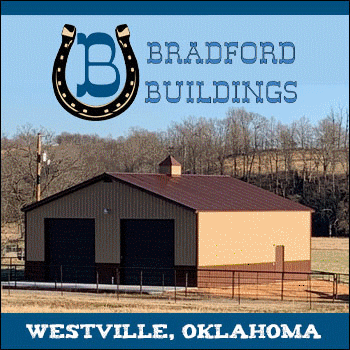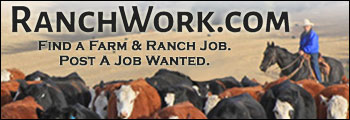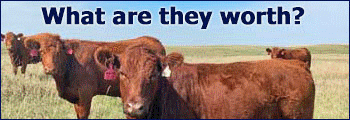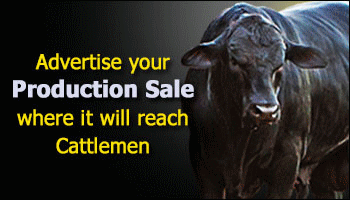Derrell S. Peel, Oklahoma State University
Much of the Southern Plains received significant precipitation in April, providing a much-improved pasture, hay and pond water situation. In Oklahoma, five of nine climate divisions had either the first or second wettest period on record from April 4 – May 3, resulting in the second wettest period statewide. For the 30 days ending May 3, all of the state, with the exception of the three panhandle counties, received over 100 percent to over 600 percent of normal precipitation.
The immediate drought threat has been greatly reduced and has sparked more talk of heifer retention among producers and lenders. The April Cattle on Feed report showed that the number of heifers in feedlots had dropped and it appears that it will likely continue to drop in the coming months. The next quarterly check of heifers on feed will be in July, when a mid-year Cattle inventory report will also be available.
Increased heifer retention in 2025 can have two components. One form of heifer retention is unplanned (impulse) breeding of yearling heifers that were not noted as replacement heifers in the January 1 inventory . These heifers would have been counted as part of “other heifers”. Historical data shows that an average of roughly 13 percent of other heifers is typically bred each year as part of the total bred beef heifer supply the following January. During the last herd expansion from 2014-2019, this percentage increased to over 18 percent, meaning that an additional 300-400 thousand head of heifers were diverted from the feeder supply to breeding for the cow herd. A slower pace is expected in 2025, but impulse heifers breeding is likely to increase this year.
Additionally, beef producers may increase retention of heifer calves in 2025. These would be generally available to breed in 2026 and enter the cow herd in 2027. Fall-born heifers that will be weaned in the next couple of months could be bred in late 2025 and calve in the fall of 2026. Both of these factors suggest that the Cattle report next January could show an increase in beef replacement heifers, consisting of more bred heifers to calve in 2026 and more heifer calves to be bred in 2026. Heifer retention may be starting but the pace appears to be relatively slow. Certainly much slower than the last herd expansion a decade ago.
If heifer retention is accelerating, the most immediate impact will be reduced feeder cattle supplies available for placement in feedlots. I would expect to see feedlot inventories declining more noticeably in the coming months. With a lag of five or six months, heifer slaughter may decrease more noticeably. The next few months may show the long-awaited evidence of heifer retention.
-
Articles on The Cattle Range are published because of interesting content but don't necessarily reflect the views of The Cattle Range.
